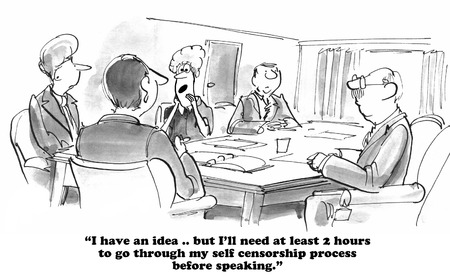 I want to explain why I think it’s better to produce a well-written grant application than a poorly written one. Obviously, given the nature of my business, I have to make this case, but it is not as simple as you might think, not least because most successful grant applications are very poorly written. In fact, if you think carefully about the quality of grant applications, it becomes clear that, in this particular domain, quality is completely subjective. So I will start by saying what I think makes a good grant application.
I want to explain why I think it’s better to produce a well-written grant application than a poorly written one. Obviously, given the nature of my business, I have to make this case, but it is not as simple as you might think, not least because most successful grant applications are very poorly written. In fact, if you think carefully about the quality of grant applications, it becomes clear that, in this particular domain, quality is completely subjective. So I will start by saying what I think makes a good grant application.
The quality of a grant application is not the same as the quality of the research project it describes. A grant application is essentially a marketing document for a research project and you can have a first-rate application that markets a tenth-rate project. And vice versa. Indeed poorly-written grant applications are very often successful precisely because grants committees are trying to judge the quality of the project, not the quality of the application. Judging the quality of a project can be very difficult if the application is poorly written. So what makes a good grant application?
The essence of a good grant application is that it makes it easy to judge the project. The application contains all the detail that an expert will look for. The detail should be set out so that it can be read at very high speed and understood by a non-expert. As a rule of thumb, it should take less than two minutes to understand the main points of what you will do and why it is worth doing.
Those main points should be expressed and justified in such a way that a non-expert ‘gets’ what you are going to do and why. An expert should also be able to drill down and find the detail that they need in order to judge whether your project is likely to succeed and achieve those main points. I have already explained how the ‘key sentence’ structure enables a grant application to fulfil these requirements.
Despite the fact that most successful grant applications are poorly written, there are three reasons that it is worth taking trouble to produce a well-written grant application:-
- If your project is good, a well-written application will improve your chance of success.
- If your project is bad, a well-written application will help you to see that it needs to be improved.
- A well-written application can be easier and quicker to write than a badly-written application.
I’ll deal with the first two reasons in this post and I will deal with the third in another post.
Well written applications are more likely to be successful.
Well-written applications generate an enthusiasm among committee members that makes them give higher scores. For reasons I’ll explain in a future post, the person leading the discussion is likely to recommend a relatively conservative score, no matter how much they like the application. But if the committee are enthusiastic, they are quite likely to argue that the recommendation should be raised, and to exceed the recommendation when they score.
Poorly written applications can also get high scores, particularly if the referees have given very strong recommendations, but when committee members don’t understand an application they will not argue for a higher score and they may even score slightly below the recommendation. The consequence is that the scores of poorly written applications tend to drift downwards. The effect is small, but if the score is close to the borderline, which is likely to be the case, given the tendency for conservative recommendations, a tiny drift can make the difference between success and failure.
A well written application helps you see that you need to improve your project.
A well-written application explains your project very clearly at two levels.
- First it explains what makes the project important to the funder.
- Then it explains what the project consists of, and why each part of the project is important.
If your project needs to be improved, you are likely to find one or both of these explanations unconvincing as you write them. If you do find yourself writing arguments that you find unconvincing, then you need to reexamine your project and work out how to make it more convincing. If your application does not convince you, it is unlikely to convince a committee.


